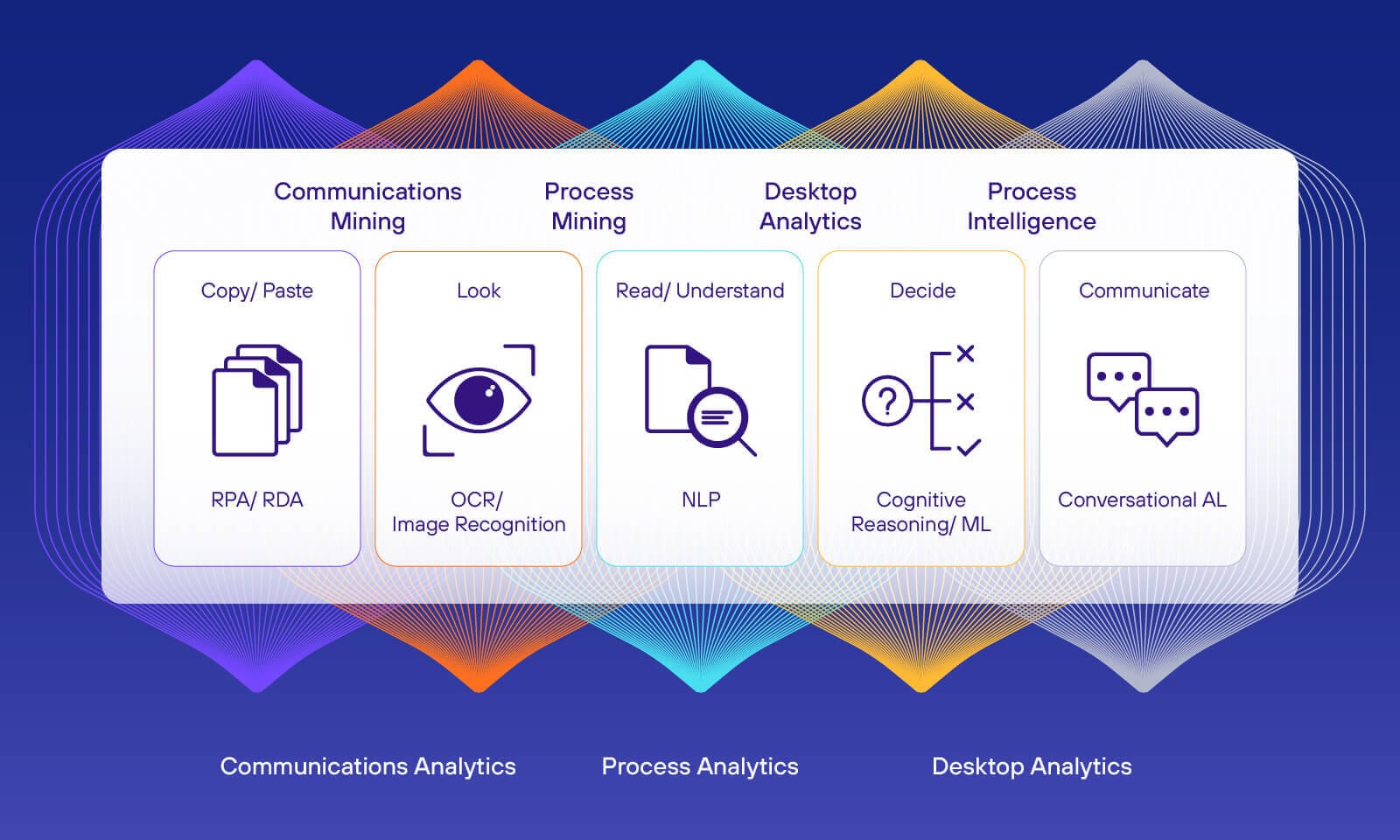Service is under pressure from all sides. On one hand, service has never been so important. As industries become more commodiatised, the C-suite is looking to its service functions - finance, operations, business and shared services, customer services and support etc. - to drive competitive efficiency, customer loyalty and market differentiation.
Yet customers hold great expectations as well. An overwhelming majority (95%) consider customer service crucial to brand loyalty, but 91% of customers claimed to experience poor service in the last year as agents continued to struggle with demand spikes and increasingly difficult and complex queries. Contact is increasing across all channels, but service agents feel burnt out and unable to cope.
Service leaders find themselves in a Catch-22. They must elevate their service quality while coping with unprecedented customer demand, with typically tight budgets and overworked teams. Simply increasing headcounts isn’t a sustainable solution.
That’s why self-service has become so important. Providing the tools and information for customers - both internal and external - to answer their own questions and complete their own transactions is a crucial way to deflect demand from your agents, reduce response and resolution times.
Self-service is also popular with customers - 67% of consumers prefer it to direct contact and 70% expect a self-service option as standard. Self-service usage jumped 10% over the last few years, and 45% of customers are more likely to use it today than before the pandemic. There are few signs that buying behaviors will return to a pre-COVID ‘normal’.
It’s no surprise then that nine out of 10 top-performing enterprises are adding and extending digital self-service channels. Self-service is the trend of the moment as service leaders embrace self-service applications - including web portals and chat bots - for their customers and employees. Yet, in the race to deliver scalable and superior service, many are making the wrong choices and failing to identify the best opportunities. What’s more, the self-service capabilities being added aren’t always easily discoverable for customers.
How do I find the best self-service opportunities?
With so many self-service options available, it can be difficult for businesses to choose the right ones. The decision of which self-service channels to offer can’t be taken lightly. No two processes are created equal. Not every service is suitable for self-service. When targeted poorly, self-service can feel like ‘no service’, damaging efficiency and customer relationships.
With the abundance of self-service channels available - from web to chat and online support communities - customers often struggle to make the best choice for themselves. As a result, many customers expend great time and effort bouncing between different self-service channels only to still pick up the phone, likely tired and annoyed, in the end. Indeed, research shows that 58% of inbound calls come from customers who went to the website first.
It speaks volumes that while 82% of consumers are willing to use self-service, 46% don’t expect it to work. Far from streamlining demand, poorly-implemented self-service only stretches it out. It strains the customer relationship.
This isn’t to say that self-service isn’t a good idea. But it has to be used well. Above all else, customers care about speed. They want to be directed to the fastest way of solving their problems or answering their questions. Delighting customers with over-the-top service doesn’t build loyalty; reducing their effort does. Self-service is often the answer, but you must be certain you’re using it for the right questions.
So how do enterprises identify the right self-service opportunities? Unfortunately, it hasn’t been easy. Service processes - like answering a customer email, or triaging a query to the right team - are unstructured by nature. They don’t leave behind clean, structured data for you to analyse and draw conclusions from.
Service processes are largely manual, depending on human agents to understand and resolve the nature of the request. Consequently, the methods service leaders use to understand and evaluate these processes tend to be manual as well. Client feedback surveys, stakeholder interviews with service agents and managers - these are the tools of self-service discovery. Yet all findings are prone to human bias and error.
If you rely on subjective opinion to decide what and where your self-service channels should be, you’re bound to slip up eventually. Customer relationships, process inefficiency and wasted investment will be the collateral damage.
Communications Mining and self-service discovery
In working towards process or service improvement, every important decision has to be based on sound data and reliable management information (MI). Yet traditional, manual approaches are handicapping the ability of service leaders to identify and capitalise on the best self-service opportunities.
Fortunately, the leading enterprises are taking a new approach, enabled by the latest AI and NLP technologies. Communications Mining is allowing enterprises as diverse as FarFetch and Hiscox to extract clean, accurate and reliable MI from every service interaction, at speed and scale. Every channel, from emails to calls and chats, is now visible and open to analysis and automation.
Communications Mining is helping to solve the self-service conundrum. Service leaders are no longer reliant on incomplete and subjective MI to get an overview of their services. Instead, they receive complete, comprehensive and objective data straight from the source.
Communications Mining provides a real-time window into service levels, demand and performance. Service leaders can rapidly identify their most costly and wasteful service processes. What services create the most customer effort? Where do agents spend the most time? These are the ideal use cases for self-service. Once a service or transformation leader knows where to look, they can evaluate the process and decide whether it’s suitable for self-service optimisation. No more shots in the dark.
Furthermore, once these new self-service applications have been deployed, Communications Mining acts as a useful tool for assessing their impact and effectiveness. With full insight into customer conversations and powerful analytics, service leaders can rapidly identify common themes and service pain points. They can see how clients are responding to new self-service channels, if they are generating more demand or impacting customer relationships. They then have the insight to pivot, to make the right changes to solve these issues, or to change course.
Communications Mining helps you make better, data-driven decisions with confidence that will enhance scalability, efficiency and self-service success. See why Gartner considers Re:Infer a leader in Communications Mining and a rising star in natural language technology and conversational AI.





